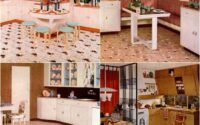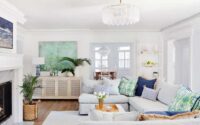AHS Cult House Interior Design: Gothic Horror Meets Modern Minimalism
AHS Cult House interior design is a captivating blend of gothic horror and modern minimalism, creating a chilling and visually striking atmosphere. The show’s creators masterfully utilize design elements to evoke a sense of unease and manipulation, highlighting the psychological impact of a cult’s environment on its members.
From the stark lighting and dark wood to the strategically placed furniture and objects, every detail contributes to the unsettling and mysterious narrative.
This exploration delves into the specific design choices, analyzing their symbolism and impact on the characters’ experiences. We’ll examine how the AHS Cult House interior reflects societal fears and anxieties, and how it has inspired artists and designers across various disciplines.
Ultimately, this analysis offers a deeper understanding of the power of interior design to shape our perceptions and emotions.
Furniture and Objects as Symbols of Power and Control
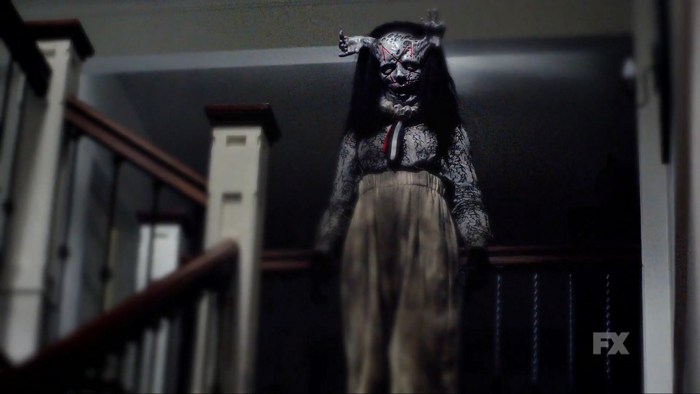
The AHS Cult House interior is meticulously designed to reinforce the cult’s ideology and establish a sense of hierarchy and control over its members. Furniture and objects are carefully chosen and arranged to create a specific atmosphere and convey symbolic meanings that align with the cult’s beliefs.
The interior design of the AHS cult house is a fascinating blend of unsettling and opulent, reflecting the complex motivations of its inhabitants. A space this large, at over 4,000 square feet, can easily be transformed into a sinister sanctuary, especially when considering the potential for elaborate rituals and ceremonies.
It’s a stark contrast to the typical 4000 sq ft house interior design found in most homes, which usually prioritize functionality and comfort. In the AHS cult house, the design serves a more sinister purpose, blurring the lines between beauty and terror.
Furniture Arrangement and Design
The furniture in the AHS Cult House is strategically placed to emphasize the leader’s authority and the followers’ submission. The arrangement of furniture contributes to the cult’s sense of hierarchy by creating distinct spaces for different levels of membership. For example, the leader’s office might be located in a secluded area, with a large, imposing desk facing the entrance, signifying his position of power and control.
The interior design of the AHS cult house often evokes a sense of unsettling grandeur, playing with the juxtaposition of opulent details and disturbing undertones. This aesthetic can draw inspiration from various historical periods, including the 1930s, where the design of semi-detached houses often featured classic architectural elements like intricate moldings, stained glass windows, and built-in bookshelves.
These elements, when infused with a sinister twist, contribute to the overall unsettling atmosphere that defines the AHS cult house interior design.
The followers’ seating areas might be arranged in a circle, creating a sense of unity and conformity. The design of the furniture also reinforces the cult’s ideology. For example, minimalist, functional furniture might be used to emphasize simplicity and detachment from material possessions, while ornate, luxurious furniture might be used to symbolize the leader’s power and influence.
The unsettling atmosphere of the AHS cult house interior design is achieved through a blend of minimalist aesthetics and unsettling details. While the stark, white walls and clean lines might initially seem appealing, the subtle hints of manipulation and control are present throughout.
This minimalist approach is a stark contrast to the more vibrant and personalized interiors often seen in homes, such as those found in 20 30 house interior design. In the AHS cult house, the absence of personal belongings and the pervasive sense of uniformity create a chilling feeling of being constantly watched and monitored, highlighting the insidious nature of the cult.
AHS Cult House Interior as a Reflection of Societal Fears: Ahs Cult House Interior Design
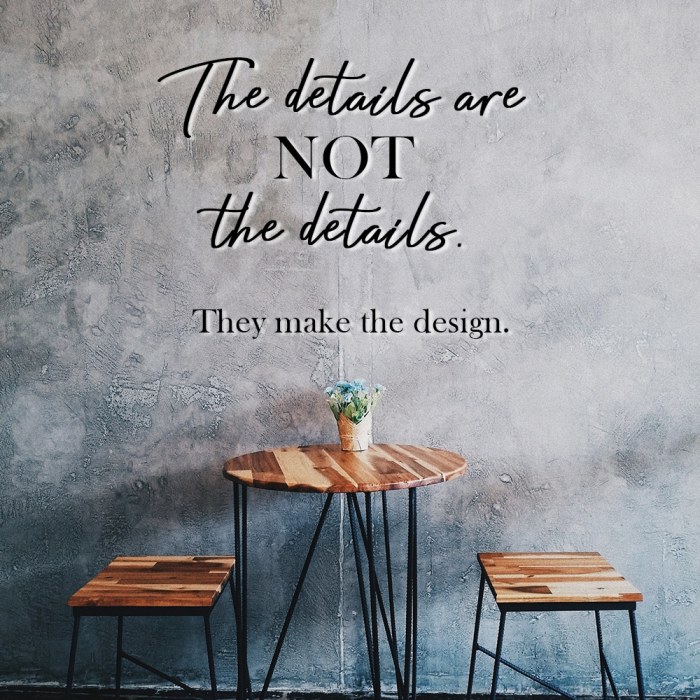
The AHS Cult House interior, with its stark minimalism, sterile design, and oppressive atmosphere, serves as a chilling reflection of contemporary societal fears. The show’s creators intentionally employ design elements and symbolism that resonate with anxieties surrounding power, control, and manipulation, tapping into a collective unease about the potential for abuse and exploitation within seemingly ordinary structures.
The Cult House as a Symbol of Authoritarianism, Ahs cult house interior design
The AHS Cult House interior can be interpreted as a symbol of authoritarianism and the dangers of blind obedience. The stark white walls, devoid of personal touches or warmth, create a sense of sterile isolation, echoing the chilling uniformity of totalitarian regimes.
The minimalist furniture, devoid of comfort or individuality, reinforces the notion of control and conformity. This design aesthetic, stripped of any humanizing elements, serves as a visual metaphor for the suppression of individuality and the erosion of personal agency.
Conclusive Thoughts
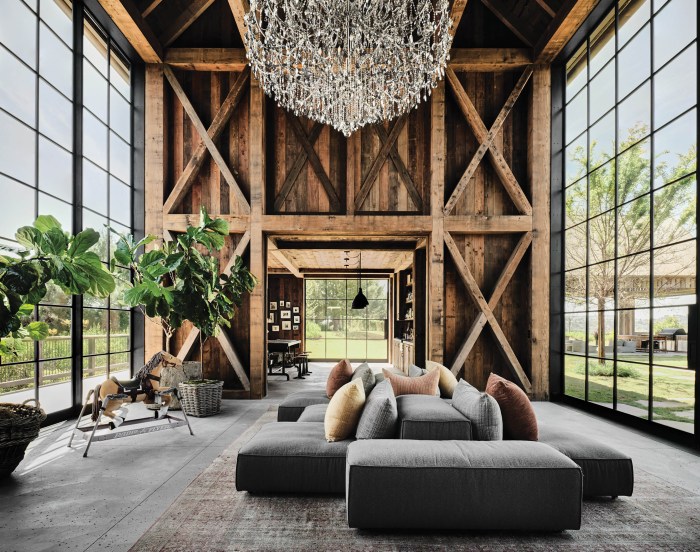
The AHS Cult House interior design stands as a testament to the power of design to evoke emotions and shape narratives. By blending gothic horror with modern minimalism, the creators crafted a space that is both visually captivating and psychologically disturbing.
The show’s success in utilizing design elements to convey themes of manipulation, fear, and societal anxieties demonstrates the potential of interior design to impact our understanding of the world around us. As we explore the future of cult architecture, it’s crucial to consider the ethical implications of design and its ability to influence human behavior.
Key Questions Answered
What are some key design elements that define the AHS Cult House aesthetic?
The AHS Cult House aesthetic is characterized by gothic arches, dark wood, stark lighting, and minimalist furniture. These elements create a sense of unease and isolation, reflecting the psychological impact of the cult environment.
How does the AHS Cult House interior influence the characters’ behavior and psychological state?
The AHS Cult House interior influences the characters’ behavior and psychological state by creating a sense of isolation, fear, and manipulation. The stark lighting and dark wood evoke a sense of unease, while the minimalist furniture creates a sense of sterility and control.
What are some examples of other cult interiors featured in popular culture?
Other cult interiors featured in popular culture include the “Village of the Damned” (1963), the “Children of the Corn” (1984), and the “Lost Boys” (1987). These interiors often feature similar design elements, such as stark lighting, dark wood, and minimalist furniture, to create a sense of unease and isolation.

